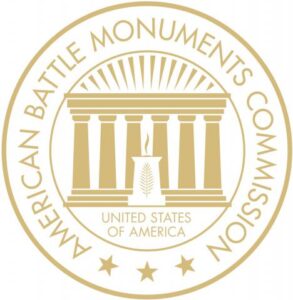St. Mihiel American Cemetery, located in Thiaucourt, France, is a site managed by the American Battle Monuments Commission. It serves as the final resting place for more than 4,150 U.S. military personnel who died during World War I. The names of 284 missing service members are inscribed in the chapel. Rosettes beside certain names indicate those who have since been recovered and identified. Most of these service members lost their lives during the St. Mihiel offensive, which helped reduce the St. Mihiel salient. But do you know everything about this site?
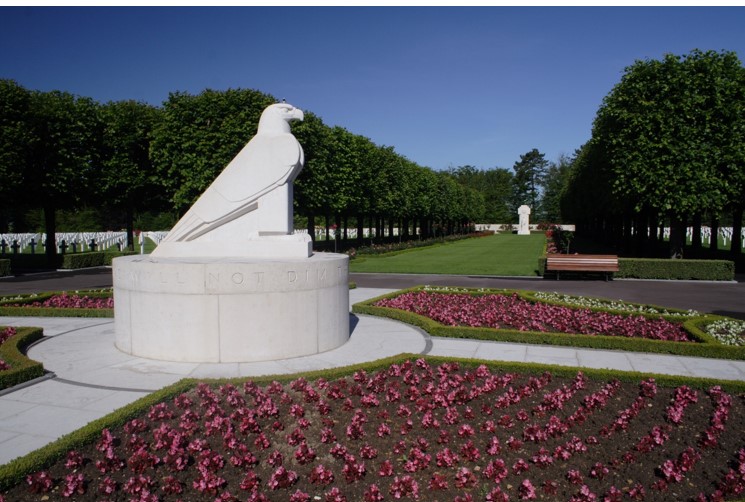
A last burial in 1972
In 1971, a French civilian found the remains of a U.S. soldier 6 kilometers away from St. Mihiel American Cemetery. The remains were identified as Pvt. Howard A. Heil, a member of the 6th Marine Regiment, 2nd Division.
Heil, a 22-year-old Marine, had fought in the Aisne-Marne offensive. He also helped liberate the St. Mihiel salient. He died Sept. 15, 1918. With no living relatives found, the military buried him at St. Mihiel American Cemetery Jan. 21, 1972, 52 years after his death. His burial was conducted with full military honors.
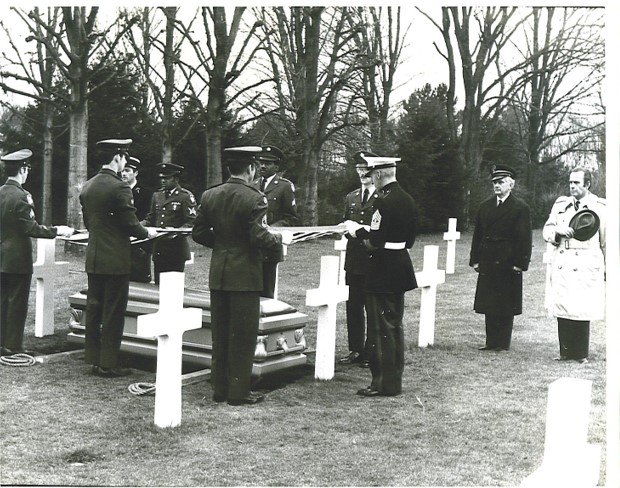
A French gardener as acting superintendent
At St. Mihiel American Cemetery, personnel evacuated May 17, 1940, after a week of German bombing in the vicinity – the personnel and people from the village slept in the crawl spaces under the chapel on beds of straw.
The superintendent at the time, George C. Gorham, asked one of his French gardeners to become acting superintendent in his absence. The gardener, Laurent Jacquat, accepted and moved into the quarters. Later he got married in the village, and his wife gave birth to their son, Denis Jacquat, in the quarters May 29, 1944.
After the war Laurent took on the family’s business and left the cemetery. Denis became a doctor and French politician. He comes to every Memorial Day ceremony and said his father always had fond memories of his time at the cemetery, both as a gardener and as a superintendent.
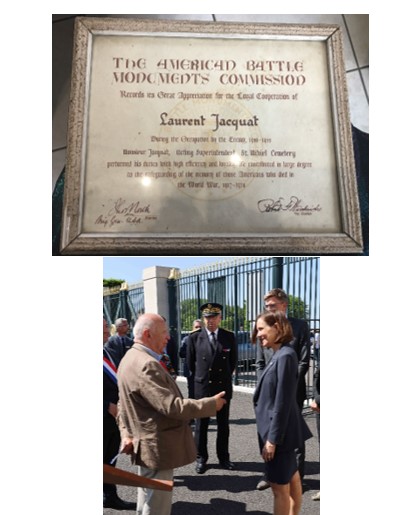
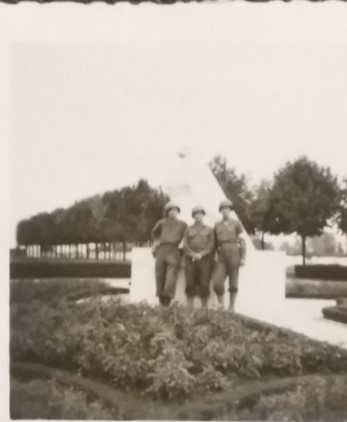
The brother of the father of US Air Force buried in this cemetery
First Lt. John Lendrum Mitchell was born April 20, 1893, in Washington D.C. during his father’s term as a U.S. Senator from Wisconsin. In 1917 he enlisted in the Signal Corps, Aviation Section, and was sent for training to the Aviation Ground School at Massachusetts Institute of Technology. His course completed, he was ordered overseas, and Sept. 29, 1917, received his commission as first lieutenant. He was later assigned to duty at Toul, France, where May 27, 1918, he was killed by the accidental fall of his airplane.
His brother was William “Billy” Lendrum Mitchell, seen as the father of the U.S. Air Force. He commanded all American combat air units by the end of World War I, including during the liberation of the St. Mihiel salient.
John rests at St. Mihiel American Cemetery Plot D, Row 1, Grave 4. His grave was adopted by a French historian.
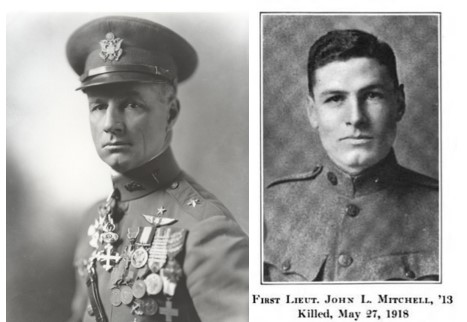
A camouflage specialist designed the mosaic in the chapel
Barry Faulkner spent his entire career as an artist specialized in murals and mosaics, except during World War I, when he used his painting skills for camouflage.
While camouflage already existed, it was developed during World War I to face modern warfare, including airpower. Company A, 40th Regiment, Corps of Engineers was primarily made up of civilians like Faulkner, who trained with the 1st Division in Seicheprey located 8.7 miles (14 kilometers) away from the cemetery. The artist designed no less than three mosaics for American Battle Monuments Commission cemeteries. His pieces of art are present at St. Mihiel American Cemetery, Suresnes American Cemetery, and Florence American Cemetery after World War II.
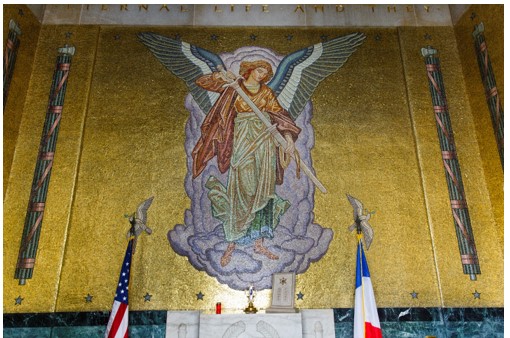
The original furniture from the 1930s
The furniture in the reception and memorial are originals from the 1930s. Charlotte Meunier, ABMC museum curator, worked on bringing the reception room back to its original appearance for the agency’s centennial in 2023.
St. Mihiel American Cemetery was part of the ABMC sites that kept their original pieces of furniture. However, as part of the ABMC historic furnishing project, Meunier did a thorough renovation of the furniture to show the empire style at its best. Other ABMC sites have also benefited from this project to enhance the beauty of the furniture and ensure it is historically accurate.
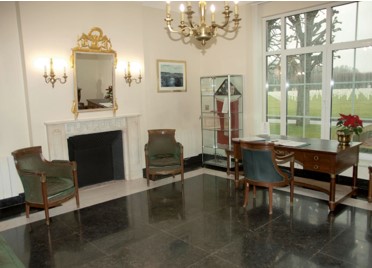
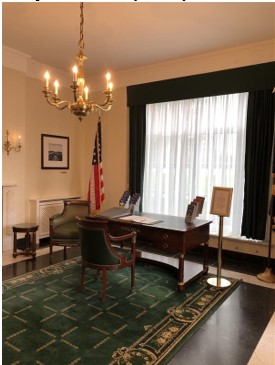
Sources:
Article created with the help of St. Mihiel American Cemetery’s team.
HALS report US-5 St Mihiel Overview, p36-37.
Letter, Beale to Pershing, (20 May 1933), Box 46, Entry 8, RG 117, NARA II.
HALS report US-5 St. Mihiel Overview, p46.
 An official website of the United States government. Here's how you know.
An official website of the United States government. Here's how you know. 